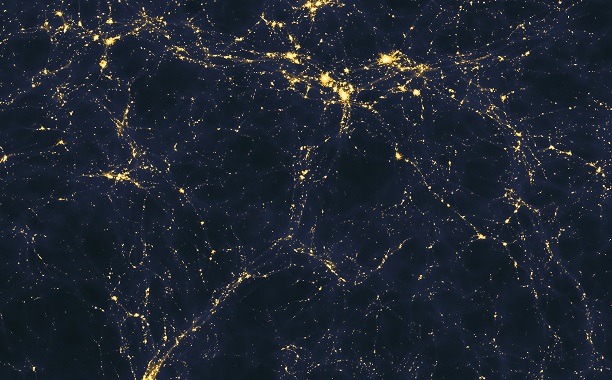Physicists from the Massachusetts Institute of Technology (MIT) and the University of Belgrade have taken a giant leap forward in the application of quantum property entanglement to macro systems — a notion Albert Einstein dismissed as “spooky action at a distance” — after the group of researchers successfully entangled nearly 3,000 atoms thousands of atoms with a single particle of light.
Researchers behind the study, which was published on March 25 in the journal Nature, indicated that their newly developed quantum entanglement technique offers a realistic means through which large ensembles of entangled atoms can be generated.
In theory, quantum entanglement entails the correlation of two or more particles in such a way that any change to one will simultaneously change the other regardless of distance; effectively creating a link which allows particles to mimic one another from opposite ends of the universe.
The immediate benefit to their research comes in the form of enhanced precision with atomic clocks and subsequently, enhanced GPS which relies on atomic clocks for precise time data associated with GPS signals.
A GPS receiver works by measuring the relative time delay of signals from four or more GPS satellites, each of which containing as many as two rubidium atomic clocks.
Vladan Vuletic, a professor at MIT’s Department of Physics as well as the the paper’s senior author, was quoted in an MIT news release as having said that the argument can be made “that a single photon cannot possibly change the state of 3,000 atoms, but this one photon does — it builds up correlations that you didn’t have before”.
You can make the argument that a single photon cannot possibly change the state of 3,000 atoms, but this one photon does — it builds up correlations that you didn’t have before […] We have basically opened up a new class of entangled states we can make, but there are many more new classes to be explored.
Discovery News reports that the scientists behind the recent record-breaker entangled almost all of the target cluster of 3,100 atoms and that up until now, the most scientists had managed to entangle together was 100 atoms at most. In prior experiments in which smaller numbers of atoms were connected, the number entangled represented a smaller fraction of the larger clump of atoms targeted in the experiment.
Quantum entanglement may serve as the foundation for quantum computers and quantum encryption, according to the aforementioned Discovery News report.
Researchers at Google recently solved a quantum computing paradox which has puzzled researchers up until now: the stabilization of quantum bits, or qubits.
























